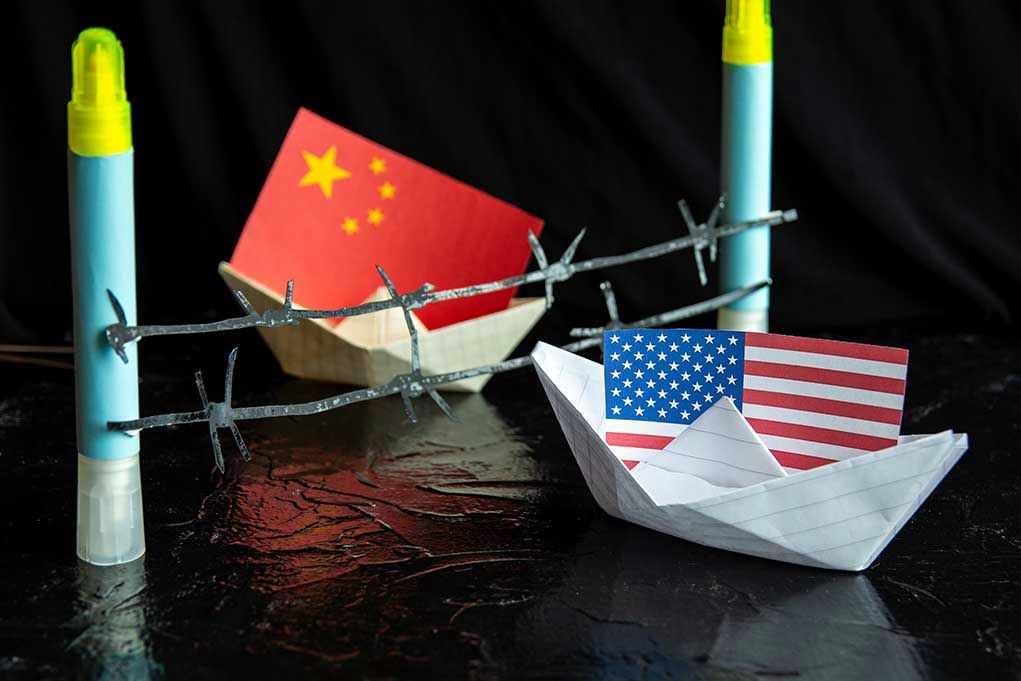
China’s military advancements challenge global security and threaten U.S. dominance in air superiority.
Story Snapshot
- China’s J-20 fighter jet now flies in ‘beast mode’ with enhanced missile capacity.
- The J-20 can carry up to 14 air-to-air missiles, raising concerns about regional stability.
- This development highlights escalating military capabilities in the Asia-Pacific.
- The U.S. must respond to maintain its strategic edge and protect national security.
China’s J-20 Goes ‘Beast Mode’
In a recent development, China has enhanced the capabilities of its J-20 stealth fighter jet, now able to operate in what is being termed as ‘beast mode.’ This mode allows the aircraft to carry up to 14 air-to-air missiles, a significant increase in its firepower. The revelation came after a new video surfaced on Weibo on September 28, 2025, showcasing the People’s Liberation Army Air Force’s updated J-20. This advancement poses a direct challenge to U.S. military superiority in the region.
Such advancements in military technology are not just about increasing firepower; they also reflect China’s growing ambition to assert dominance in the Asia-Pacific. The J-20’s increased missile capacity enhances its capability to engage multiple targets, thereby increasing its threat level to neighboring countries and potentially the U.S. forces stationed in the region. This situation demands a strategic response from the United States to preserve its influence and uphold global stability.
Implications for Global Security
The enhanced capabilities of the J-20 raise significant concerns for regional security and global power dynamics. With China expanding its military reach, there is an urgent need for the U.S. to evaluate its defense posture in the Asia-Pacific. This includes potential upgrades to current military assets and increased presence in key strategic locations. Failure to address these developments could result in a shift in power balance, favoring China’s military ambitions.
The United States, known for its commitment to safeguarding democracy and free trade in the international arena, must consider these advancements seriously. The J-20’s ‘beast mode’ is a reminder of the ongoing technological race in military capabilities and the necessity for the U.S. to remain vigilant and proactive in countering threats to its national security and interests.
Strategic Response Required
In light of these developments, the U.S. must prioritize investments in next-generation fighter jets and missile defense systems to maintain its strategic edge. Strengthening alliances with regional partners is also crucial to ensure a coordinated response against potential aggressions. Additionally, diplomatic efforts should continue to prevent escalation and promote peace and stability in the Asia-Pacific region. The stakes are high, and the U.S. leadership under President Trump must act decisively to counter these emerging threats.
While the advancements of China’s J-20 are indeed concerning, they also serve as a call to action for the United States to uphold its position as a global leader in defense technology and strategic influence. By addressing these challenges head-on, the U.S. can ensure that it remains a formidable force in the face of rising military powers.














